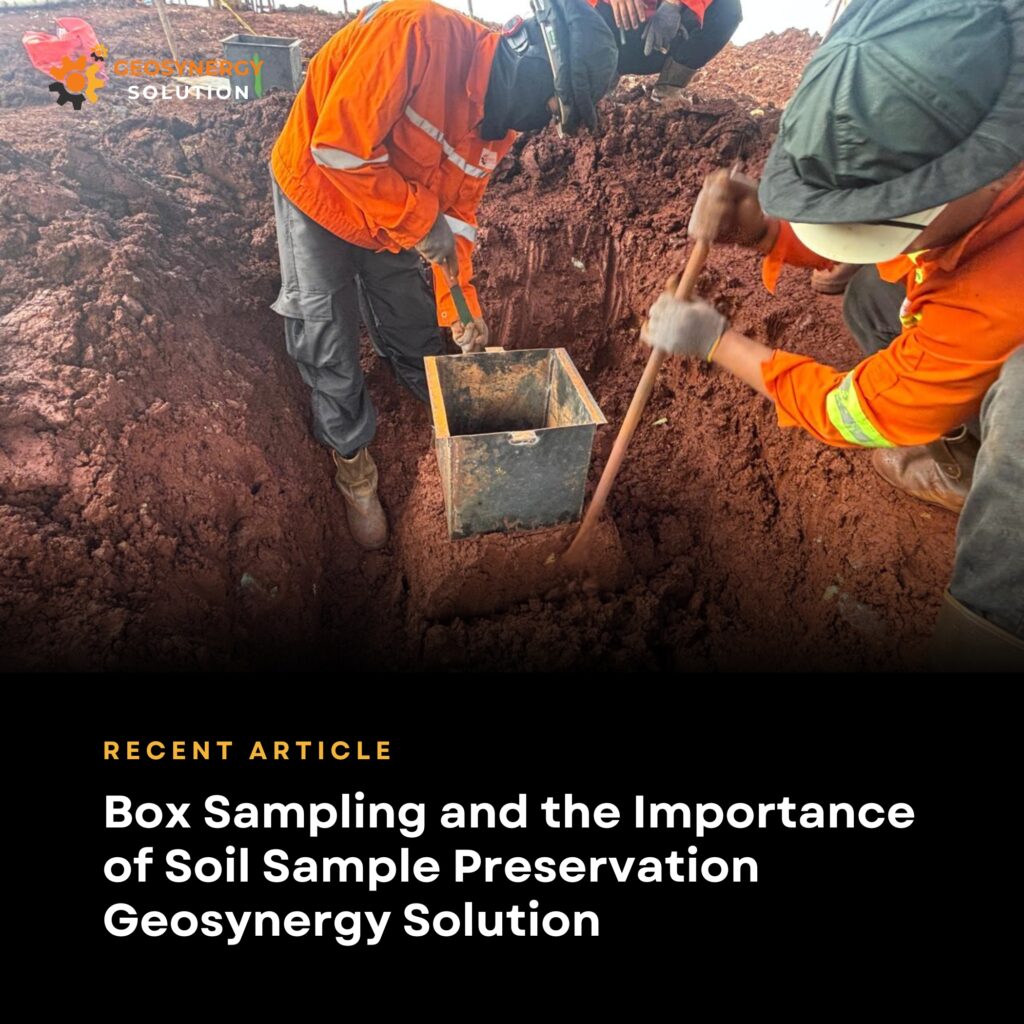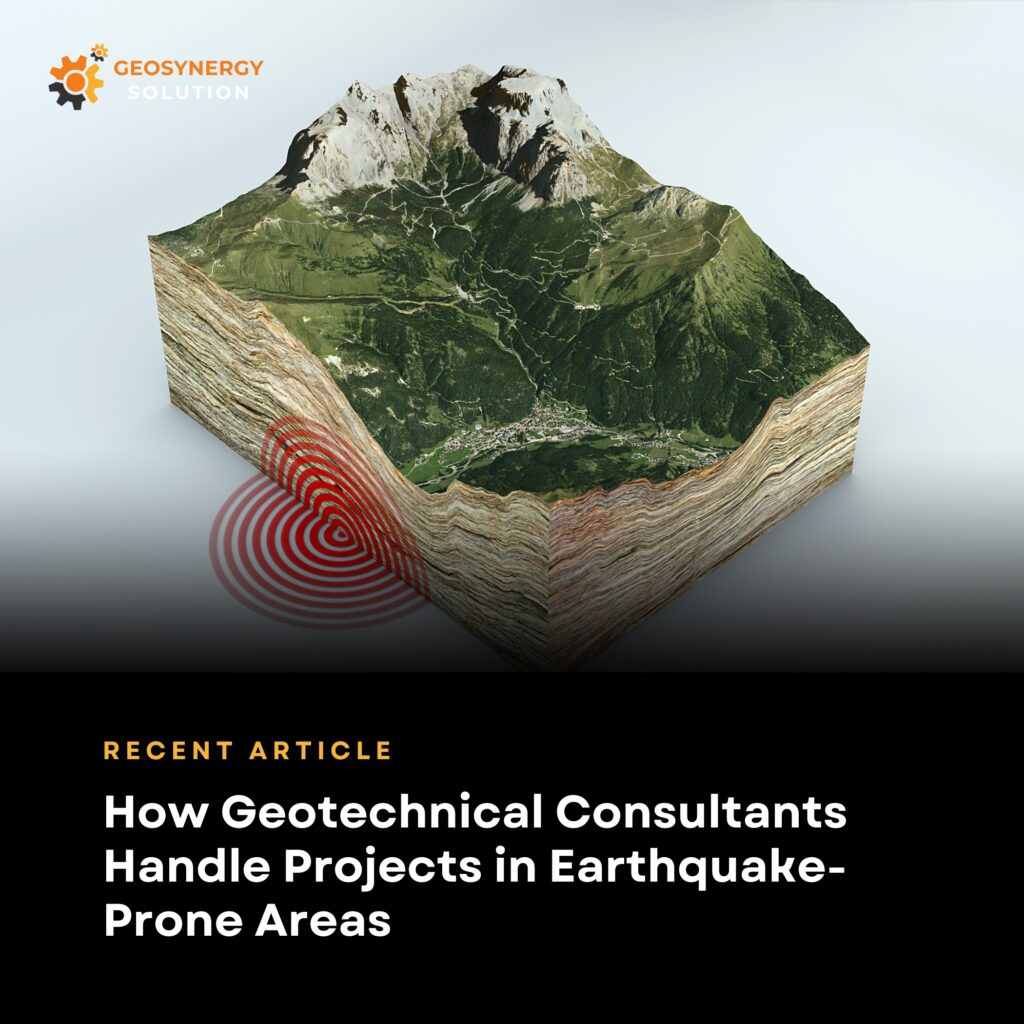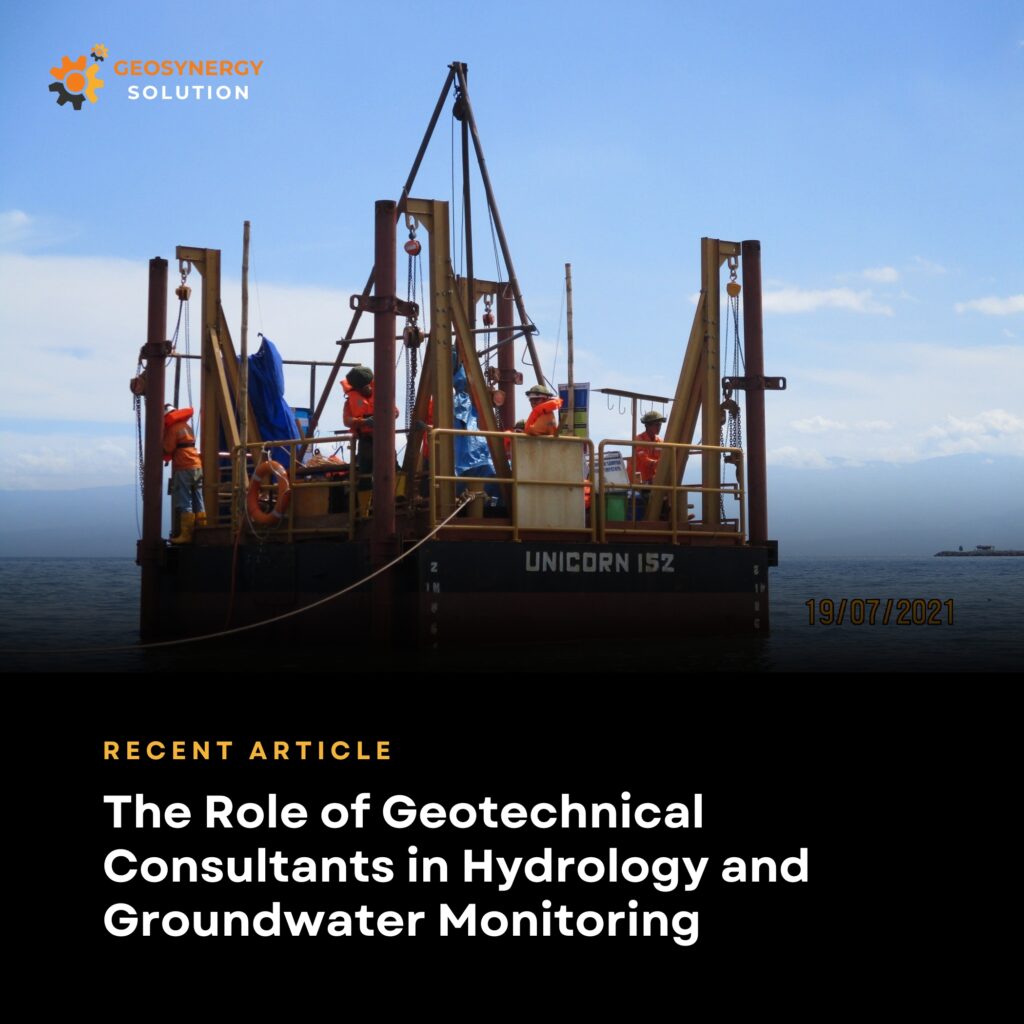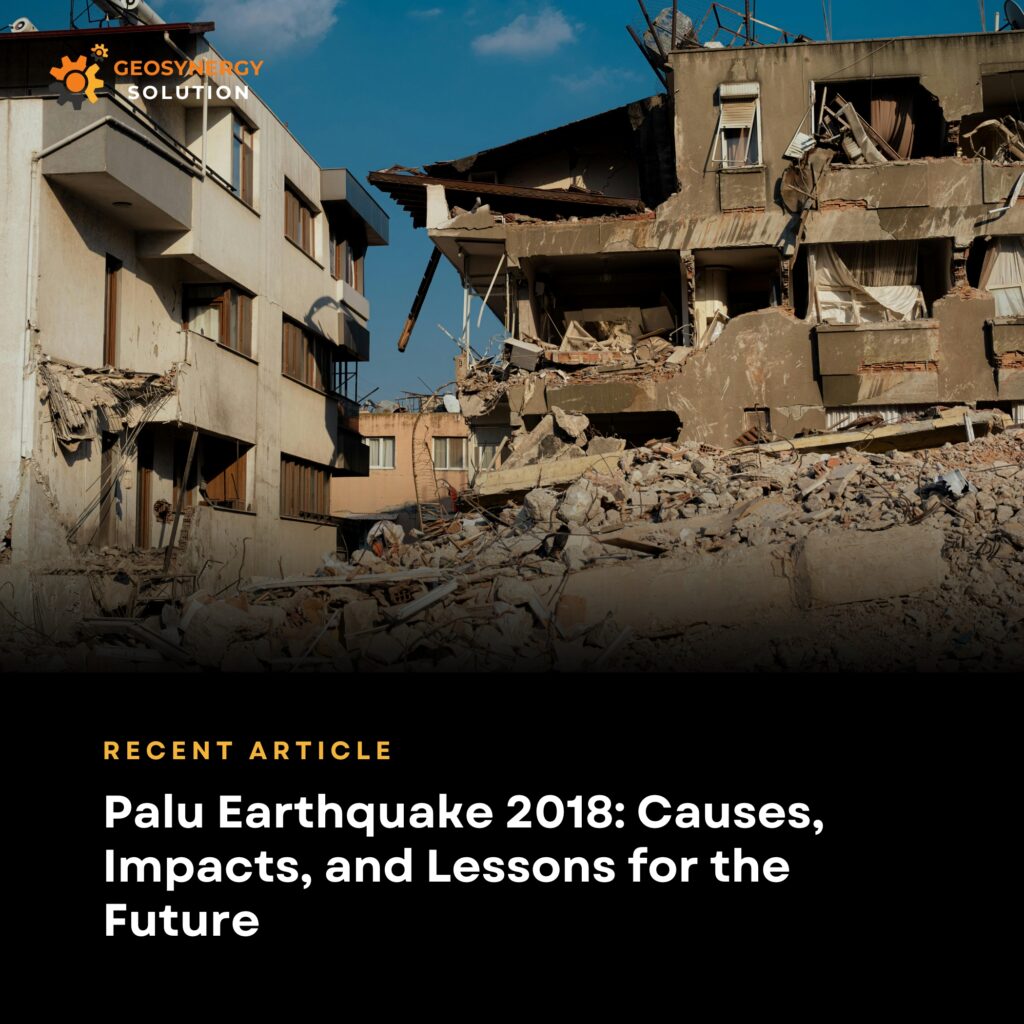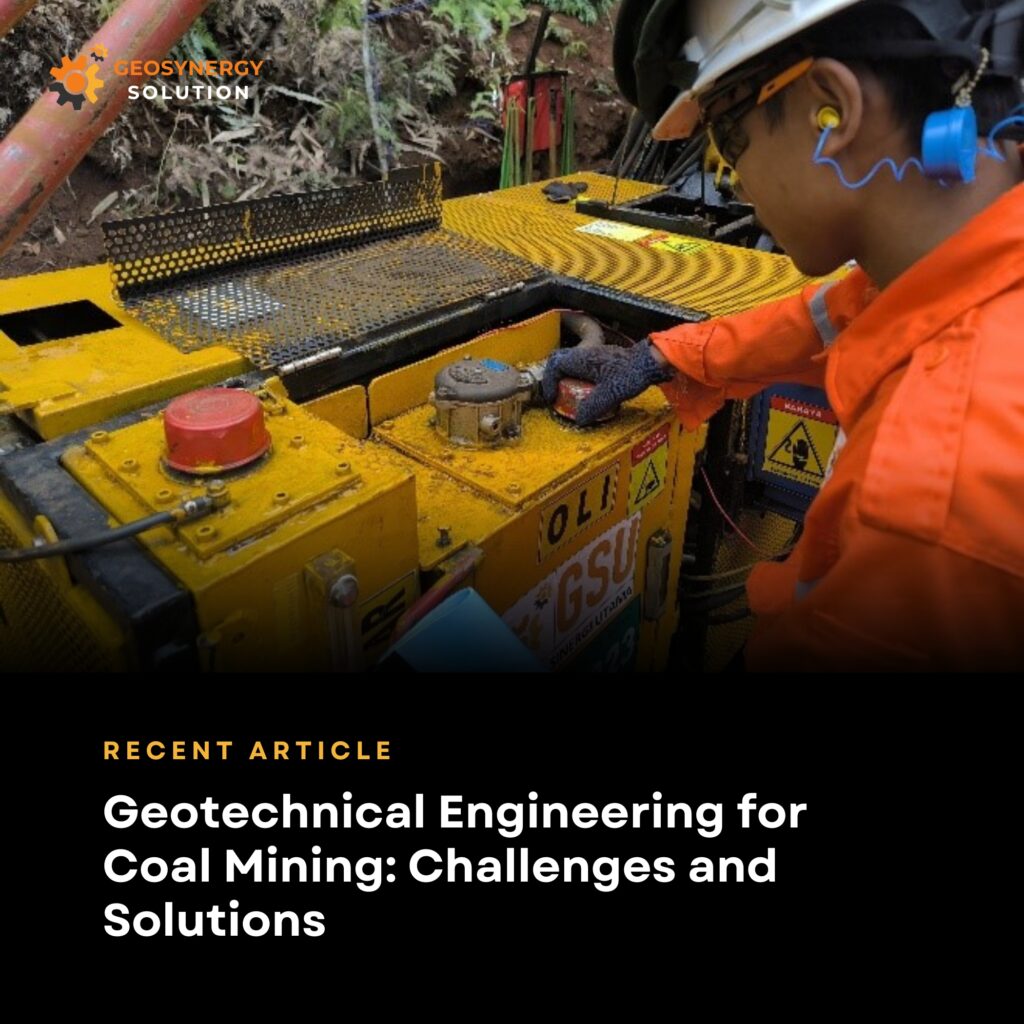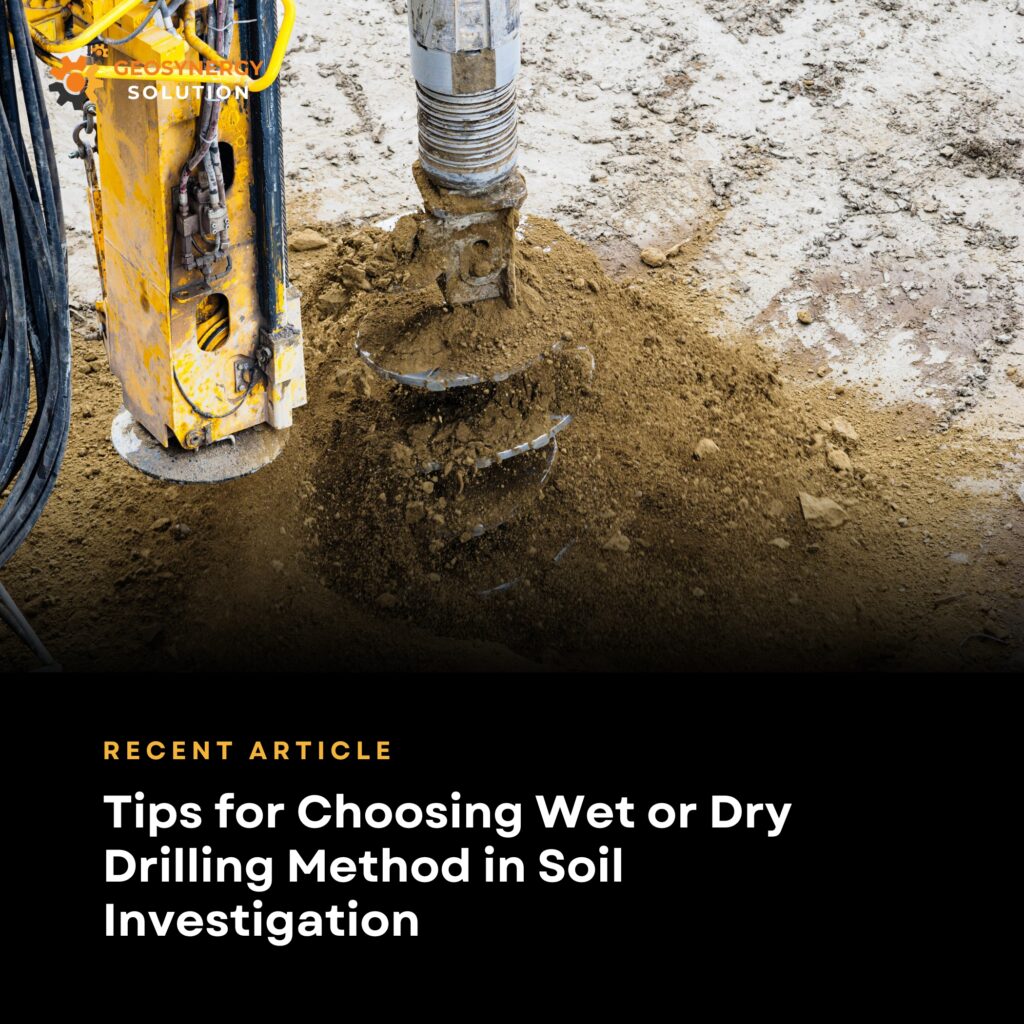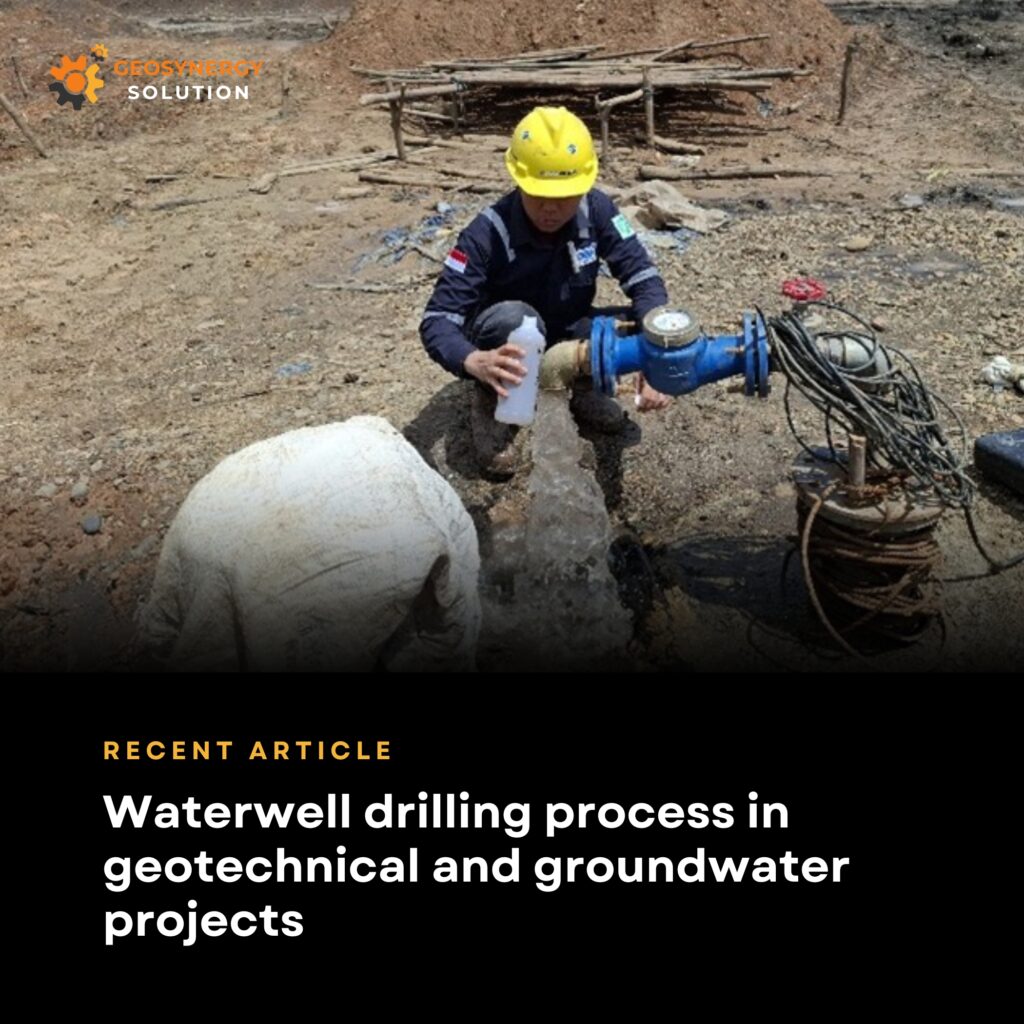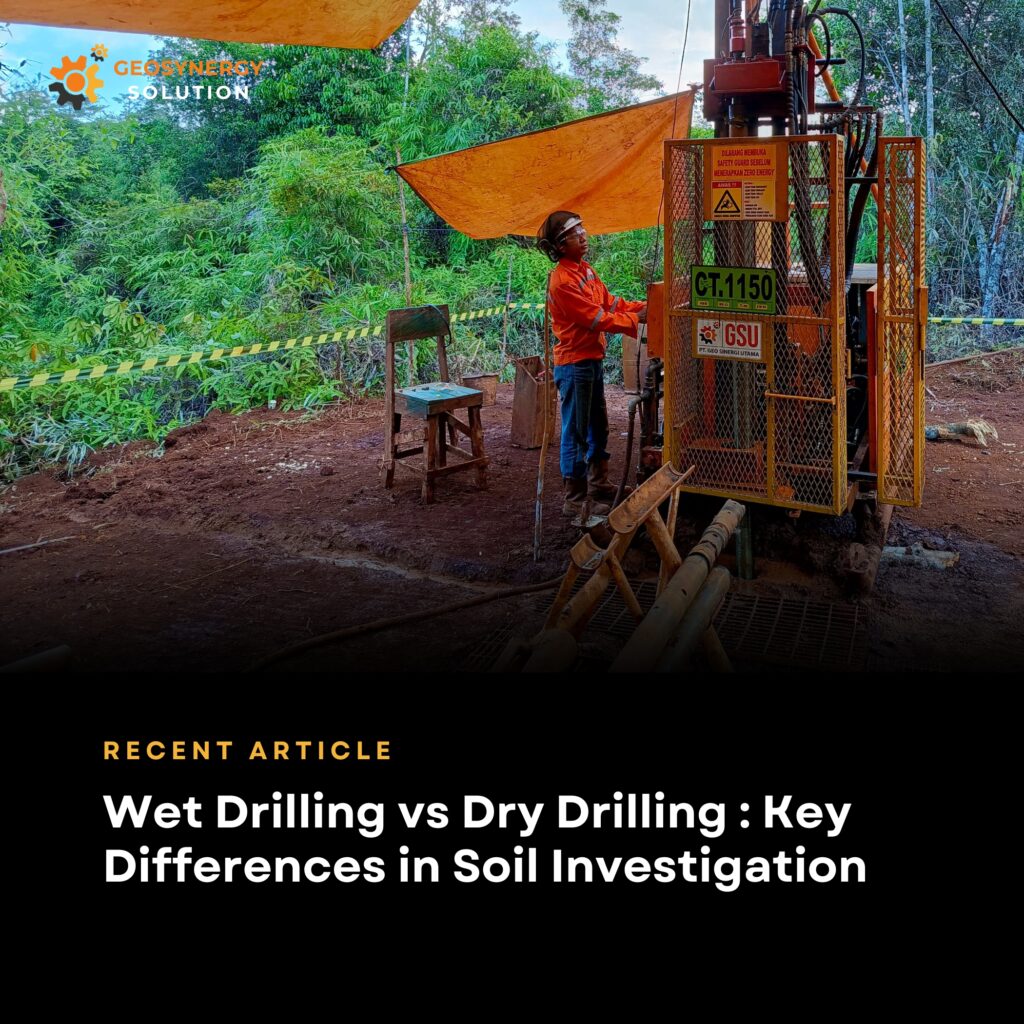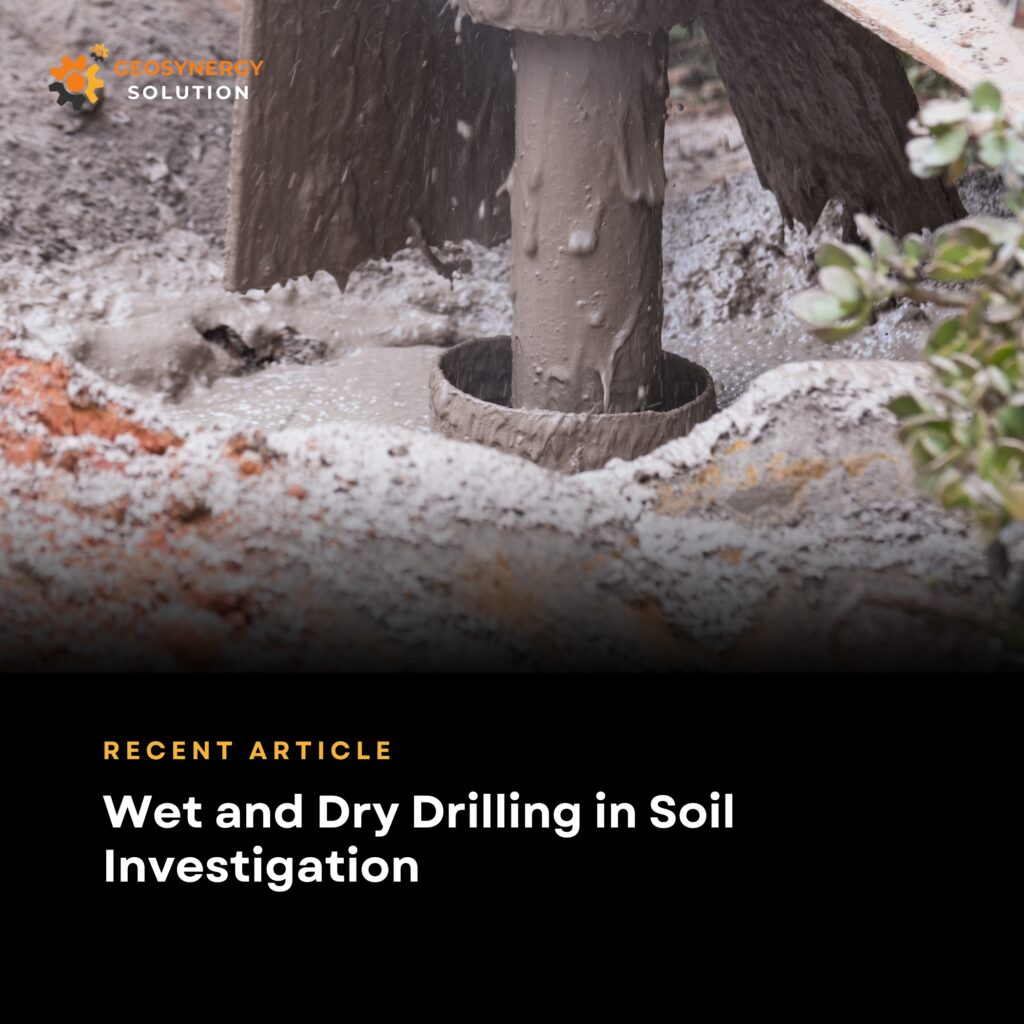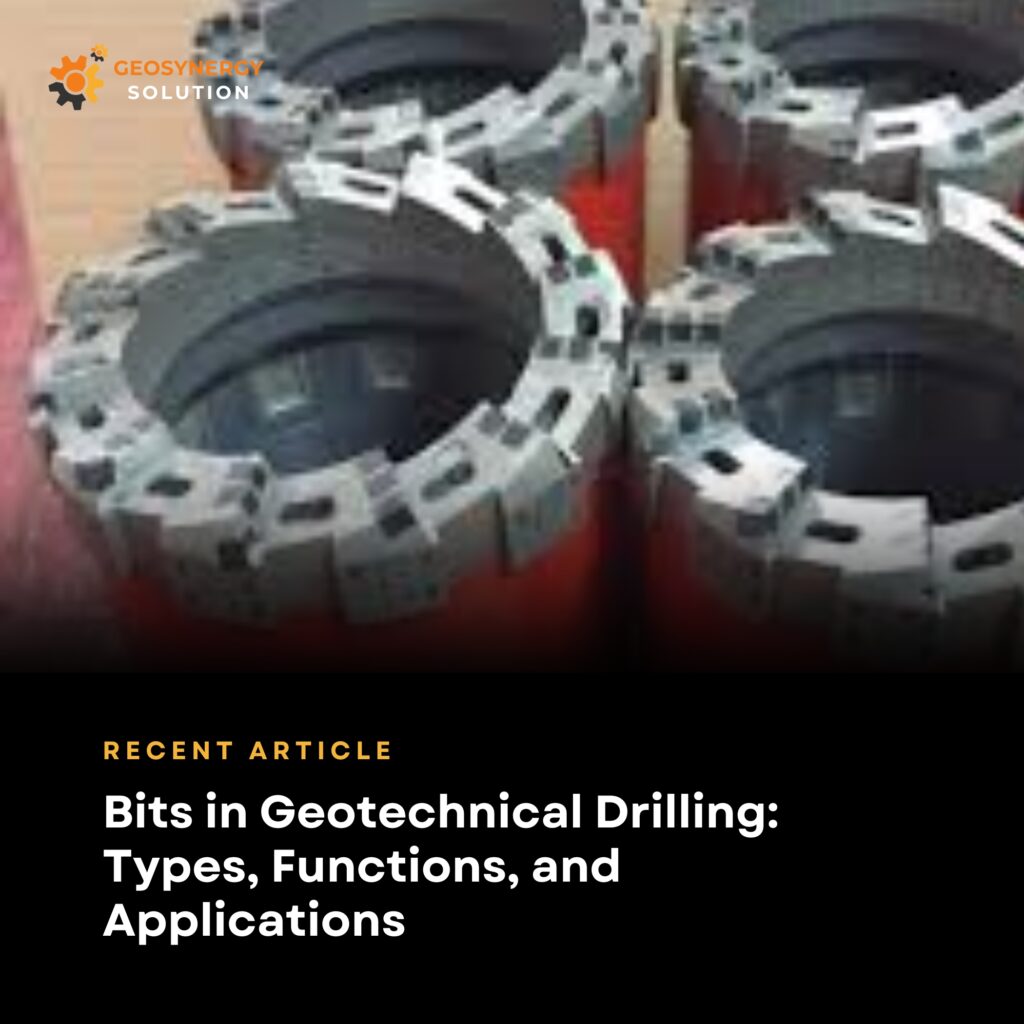Box Sampling and the Importance of Soil Sample Preservation
In geotechnical and environmental engineering, obtaining accurate soil samples is essential for reliable laboratory testing. One of the most effective methods is box sampling, which allows engineers to collect undisturbed soil samples while maintaining their natural structure. However, the accuracy of soil testing depends not only on the sampling method but also on how well […]


